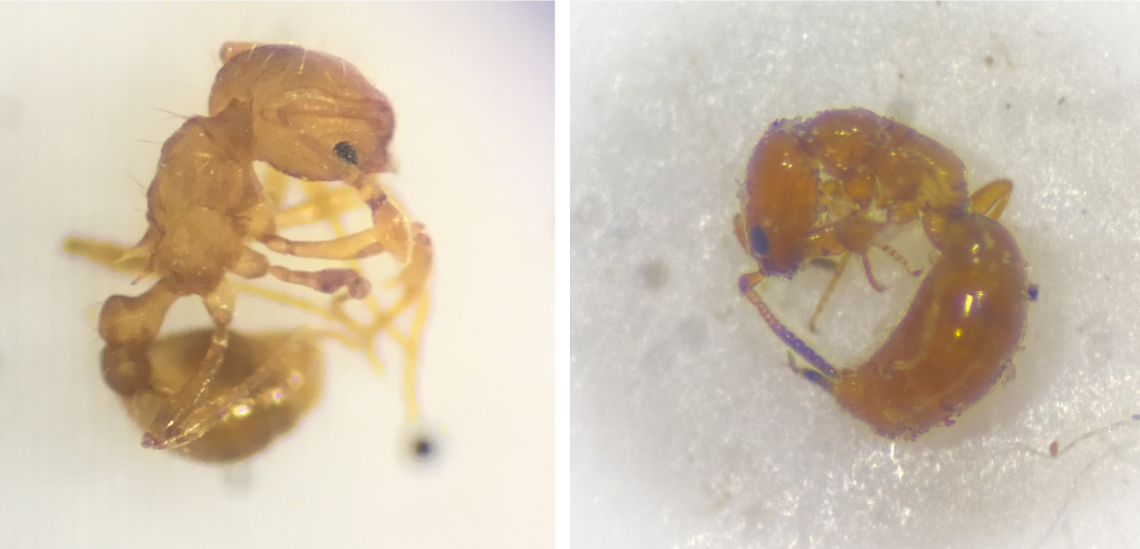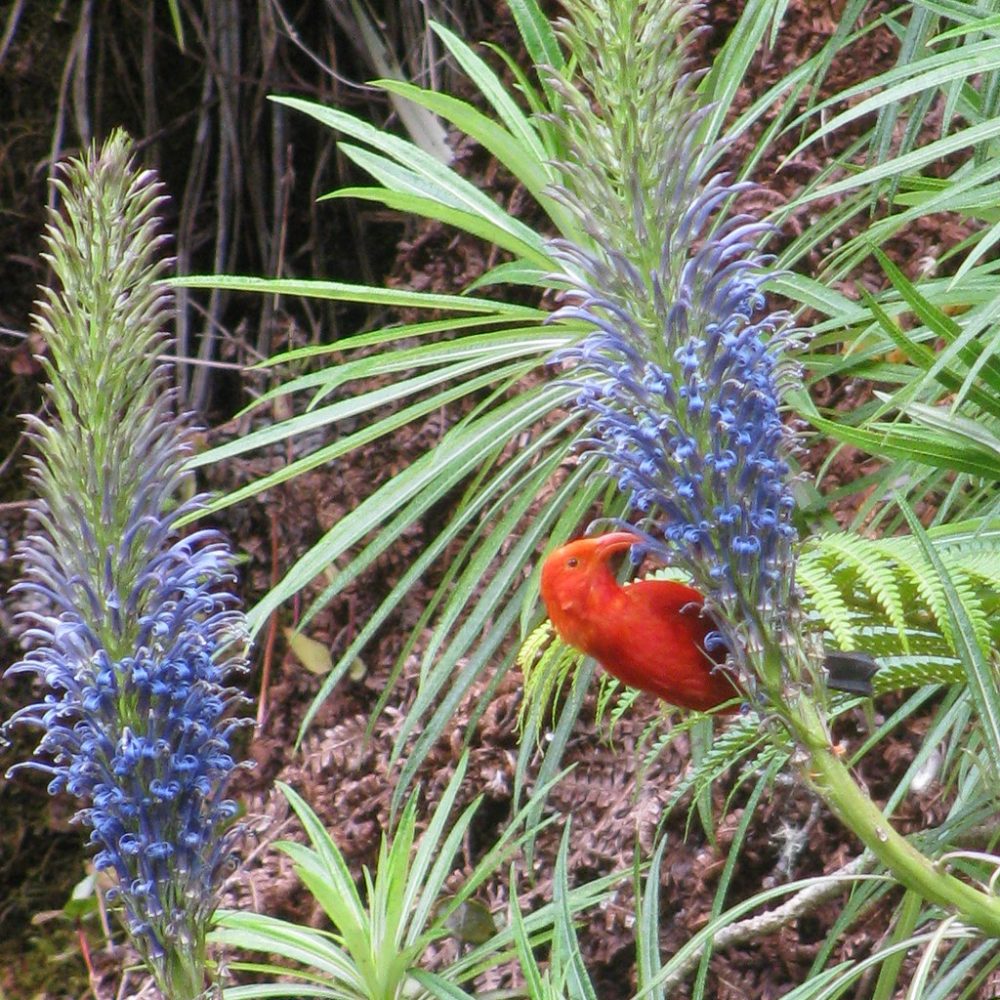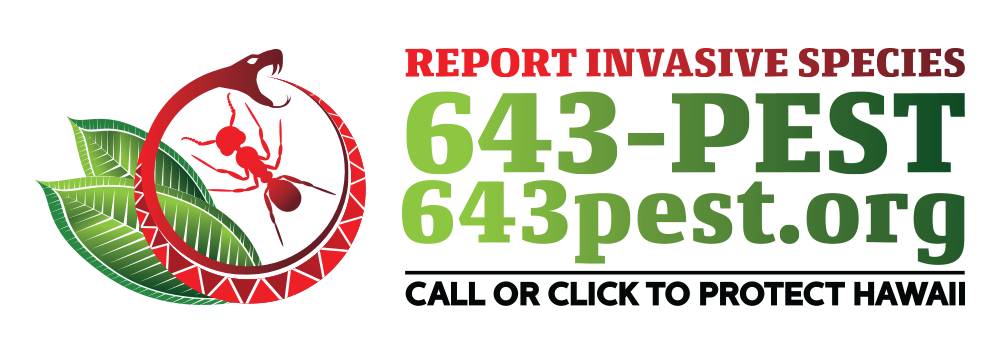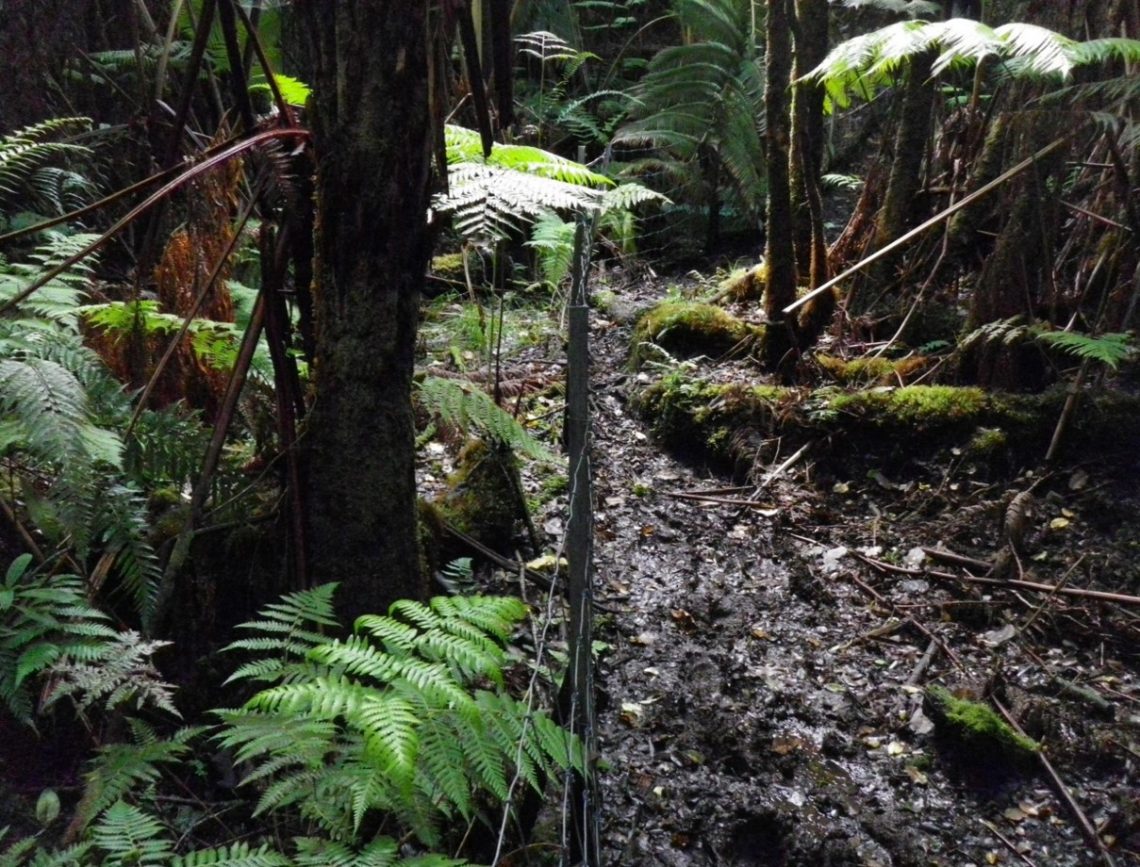In March of this year, a Lahaina couple reported a stinging but slow-moving, tiny ant- armed with a large stinger…
Read More
Kia'i Moku Column
Protecting Māmaki From Invasive Species
The Kamehameha butterfly, the state insect of Hawaiʻi, is found nowhere else in the world and neither is the plant…
Read More
Celebrating Native Hawaiian Plant Month
Hawaiʻi is the most isolated landmass on the planet. Because of this, plants and animals that arrived here millions of…
Read More
643PEST simplifies reporting invasive species throughout Hawai’i
In the late 1990s, a Maui-based ecologist and scientist working with the US Geological Survey (USGS) envisioned a simple, straightforward…
Read More
Evolutionary oddities: giant flightless ducks roamed Maui, grazing like buffalo and spreading seeds
For millennia, before humans ever set foot on Hawaiʻi, birds ruled the islands. From mountain top to shoreline, the feathered…
Read More
Earthworms: an invasive species underfoot in Hawai’i
If you garden, you’ve gained an appreciation for the relationship between soil and plant health. From soil pH to mineral…
Read More






